UAE-made MBZ-SAT to blast off in January 2025 from California
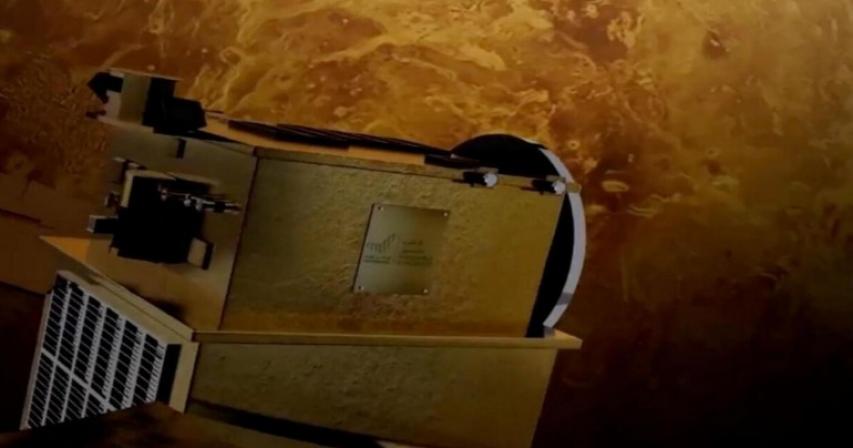
MBZ-SAT, the Arab world’s most powerful Earth-imaging satellite, and its second satellite entirely developed by an Emirati team, is due to be launched into space in January 2025, senior managers at the Mohammed Bin Rashid Space Centre (MBRSC) have announced.
The 700kg satellite had been planned for a launch in October 2024, but was delayed by technical issues that grounded SpaceX’s Falcon 9 rocket. In the meantime, the Federal Aviation Administration (FAA) had studied the reasons for the rocket’s several delays last year.
After being tested in South Korea, MBZ-SAT is now on US soil, and will be launched in January 2025 from Vandenberg Air Force Base in California, USA.
Seven members of the Emirati team are now on site in the US, and a team in Dubai "always on standby to make everything ready for the launch", Salem Humaid Al Marri, director-general of the MBRSC, told a Press conference Thursday.
"Everything is in hand for the satellite launch on a Falcon 9 rocket in January of this year," he said.
What is MBZ-SAT?
The President Sheikh Mohamed-designated MBZ-SAT satellite will be an unprecedented new level of Earth monitoring with unprecedented precision in various targets that are natural or artificial. It’s three times more powerful than KhalifaSat, an Emirati-built satellite in Earth orbit since 2018.
MBZ-SAT is powered by the power of intelligent AI, making it easier to collect, analyze and process raw data, get more insights fast and improve the management of space images.
The UAE already has 19 orbiting satellites — and MBZ-Sat will be the country’s latest high-precision, high-resolution imaging orbiter. It has an automated image scheduling and processing system that will produce 10 times more pictures than the space centre currently does.
Once in orbit, MBZ-SAT will track the environment, measure the water quality, aid in the establishment of agriculture, prepare and analyze maps, and aid in the mitigation of disasters.
Once launched, MBZ-SAT will be controlled from the space mission control room at the MBRC.
Emirati-made
Ninety per cent of the satellite was built by UAE companies further bolstering UAE’s presence in space and fostering increased public-private partnerships.
The space centre collaborated on the satellite with five domestic private companies — Mubadala’s aerospace conglomerate Strata, Falcon Group, Edge Group’s EPI, precision-guided systems contractor Halcon and Rockford Xellerix.
Challenges
MBRSC is using SpaceX’s rideshare program to fly the MBZ-SAT satellite into orbit.
SpaceX rideshare service (launched in 2019) is an affordable alternative to the traditional, expensive launch experience. More than 200 satellites have been sent to orbit with this programme since its launch.
But grounding a rocket disrupts the airspace system, dragging out missions until the FAA is able to get an investigation under way and restart the vehicle. That leads to an in-flight payload wait, which can cause new launch windows to be missed, or at least miss critical launch times for mission deadlines.
The last one was in November 2024, when a helium problem on the first stage of SpaceX’s Falcon 9 rocket triggered a scrub at Cape Canaveral Space Force Station.
This type of incident highlights the limitations that mechanical failures can create for aerospace missions, with missions getting delayed until investigations are completed and the vehicle cleared for flight.

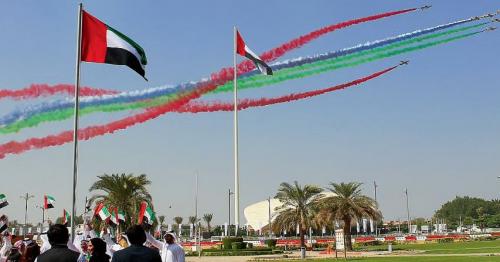
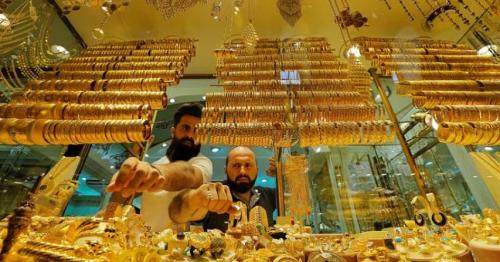
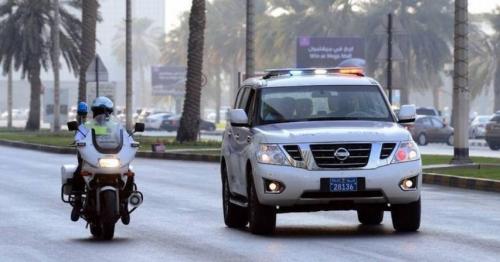
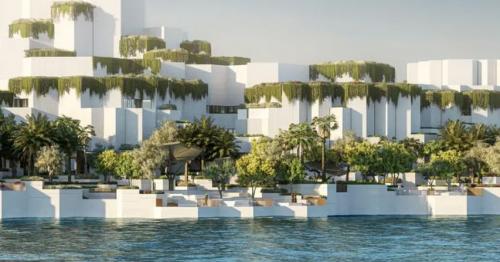
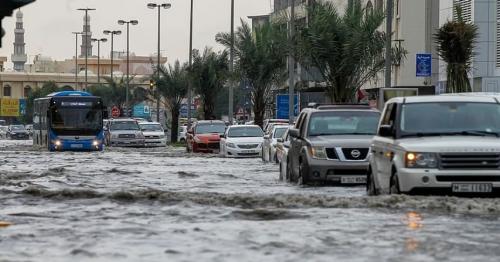
Comments